9h ago
Summer Talent Tiers: Goaltending
With the NHL's off-season roster building largely behind us, Travis Yost looks at how all 32 teams stack up in the crease.
By Travis Yost
It’s August, the National Hockey League’s off-season roster building is largely behind us, and hockey fans are now patiently waiting for training camp and preseason to kickoff.
Which means it’s a perfect time to dust off our summer Talent Tiers series. Here, we will analyze every team’s anticipated depth charts heading into the 2025-26 season through a statistical lens, focusing on recent performance and forward projections.
While these depth charts are still very much subject to change, we have a reasonable understanding across the league of what teams will bring to the proverbial table come October.
The Talent Tiers will start at the goaltending position, from the concerning bottoms of Tier 5, up to the elite units in Tier 1:
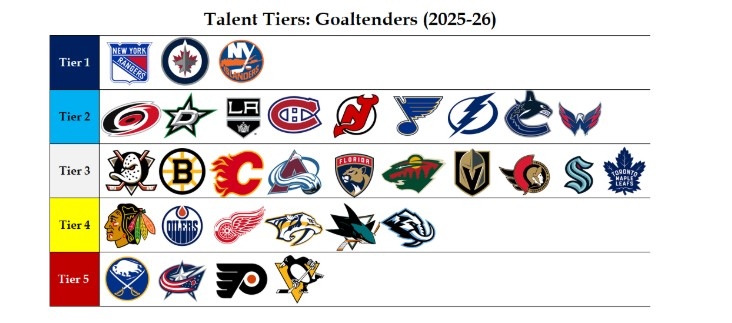
And now, thoughts for all 32-teams informing their positional outlook for next season:
Anaheim Ducks (T3) – The end of the John Gibson era went out with a whimper, finally traded this summer to the Detroit Red Wings for draft picks and Petr Mrazek. The trade signals the dawn of the Lukas Dostal era, who played like a top-10 goalie for Anaheim last year in 54 games. Dostal’s statistical trajectory has been fantastic, and there’s reason to believe Anaheim is in a much better spot at the position (certainly, with more clarity) heading into next year.
Boston Bruins (T3) – The inevitable rebuild Boston’s put off for what feels like a decade may have finally arrived, but I’m certain Don Sweeney is looking for an immediate rebound from his goaltending duo in Jeremy Swayman and Joonas Korpisalo, who stopped just 89.0 per cent of shots last year. It was a concerning drop-off from Swayman behind a weakened Bruins skater group, signed on a lucrative contract through the 2031-32 season.
Buffalo Sabres (T5) – Presumptive starter Ukko-Pekka Luukkonen has been a beacon of hope for Sabres fans over the past few years, a promising former second-round pick who looked fantastic two seasons ago. His stop rate plunged to 88.5 per cent last year, nearly nine goals worse than a replacement-level goaltender based on the shot profile faced. Much like Swayman in Boston, the Sabres critically need a bounce-back campaign from their 26-year-old goalie, or they may be hunting for the next solution in net.
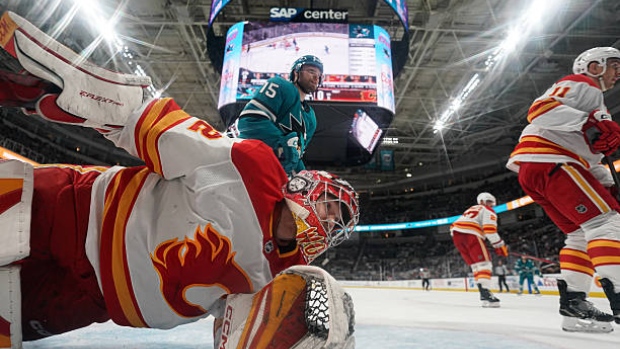
Calgary Flames (T3) – A bid for a playoff spot last season was predominantly the result of rookie Dustin Wolf, who appears to be one of the most promising young goalies in the NHL. Wolf played 53 games last year and with the unproven Ivan Prosvetov behind him, I’m inclined to believe that number could increase next year.
Carolina Hurricanes (T2) – Frederik Andersen’s injuries paved the way for 47 Pyotr Kochetkov appearances in 2024-25, and Kochetkov was more than adequate (89.6 stop rate; +10 goals saved versus expected) in those minutes. I assume a platoon between the two this season, who also benefit from playing behind one of the best defensive skater groups in the league.
Chicago Blackhawks (T4) – There’s plenty to dislike about this lineup as the Blackhawks try to pull out of a deep rebuild, but the situation in net is more encouraging. The recently acquired Spencer Knight should win most of the starts, though Chicago’s presumptive backup in Arvid Soderblom looked strong in 36 appearances last year. Both goalies stopped 90 per cent of shots behind a weak lineup a season ago and should provide stability in Chicago’s otherwise talent desert.
Colorado Avalanche (T3) – Finally, goaltending! Colorado’s years-long hunt for stability in net came by way of Mackenzie Blackwood, who was sensational (91.3 stop rate; +18 goals saved versus expected) in 37 games. Colorado’s freakish collection of skater talent has been yearning for a goaltender this competent, and if Blackwood repeats this degree of performance, Colorado is on a short list of Stanley Cup contenders.
Columbus Blue Jackets (T5) – The bet on Elvis Merzlikins has proven a costly one, and it’s still paying with interest, as he’ll likely return as starter next year. The organization eased prospect Jet Greaves into action last year and it looked substantially better (93.8 stop rate), albeit in 11 games. If I could get the ear of Dean Evason, I’d be looking for any opportunity to force this at minimum into a platoon-scenario, giving Greaves a real opportunity to win the crease.
Dallas Stars (T2) –Jake Oettinger is one of the league’s workhorse goaltenders and with veteran Casey DeSmith behind him, there’s very little reason for concern in Dallas. Desmith’s 27-game stint in Dallas (91.5 stop rate) last season actually saw him relatively outperform Oettinger, a dream come for any coaching staff.
Detroit Red Wings (T4) – It’s desperation time for the Red Wings organization, and Steve Yzerman decided to take a big swing on the talented but inconsistent John Gibson via trade this summer. Gibson’s inconsistency, a combination of roller-coaster play and injuries, chilled what was once a pricy trade market for one of the league’s big names. Gibson did look better last season after several discouraging years, but again, his 91.2 per cent stop rate came in just 29 games. Detroit will be looking for substantially more playing time.
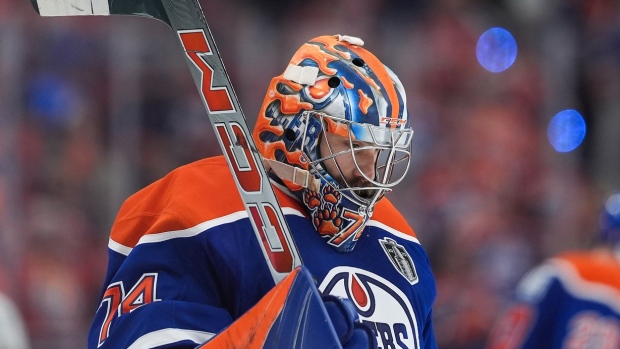
Edmonton Oilers (T4) – Goaltending will be the Achilles’ heel of this team until further notice. Stuart Skinner has struggled too frequently in high-leverage spots over the last two seasons, and his breakout years seem all but a distant memory. I anticipate Edmonton upgrades this position either in late summer or at the trade deadline, barring a miraculous turnaround. The stakes are too high in the moment to stand pat.
Florida Panthers (T3) – Hall of Fame-bound goaltender Sergei Bobrovsky’s last major career accomplishment may well be paving the way for recently-acquired Daniil Tarasov, a once blue-chip goaltender prospect for the Columbus Blue Jackets who flamed out amidst that organization’s rebuild.
Los Angeles Kings (T2) – Outside of a Connor Hellebuyck-type goalie, Darcy Kuemper may be the most reliable year-over-year bet in the NHL. He is a perennial out-performer who seems impossible of having a bad season. Last year, it was more of the same, finishing fourth in goals saved versus expected (+30) and a stop rate above 92.0 per cent. Goaltending is a core strength for Los Angeles until further notice.
Minnesota Wild (T3) – Filip Gustavsson is an entrenched No.1, but the Minnesota Wild are licking their chops to get former first-round pick Jesper Wallstedt (presumptive backup) into action. The 22-year-old Wallstedt has only seen four games of NHL action to date but seems primed for a big uptick in workload next season.
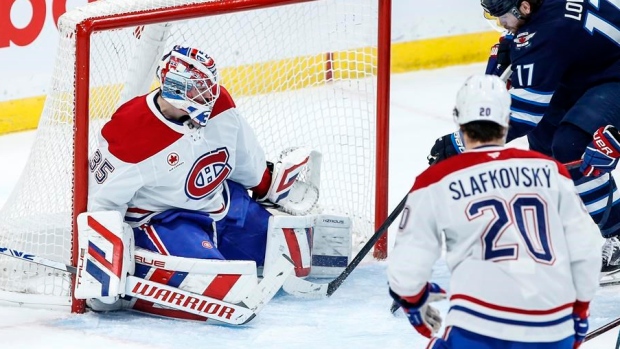
Montreal Canadiens (T2) – The bet on Sam Montembeault emerging as the bona fide starter has been a winning one; Montembeault was so dominant last year he finished third in the NHL in goals saved versus expected (+31) behind Connor Hellebuyck and Anthony Stolarz, carrying this young team back into the postseason. Montembeault is on a team-friendly deal ($3.2 million per year) for the next two seasons, which should be a big tailwind for the cap flexibility to add elsewhere.
Nashville Predators (T4) – The Barry Trotz coached Nashville Predators were a hallmark of consistency: the Barry Trotz managed version, a sluggish and disappointing underperformer. At the epicentre of Nashville’s downturn is the receding play of Juuse Saros, who Trotz extended long-term last summer. Saros had been a beacon of consistency for this organization, but last year had results in line with Pittsburgh’s Tristan Jarry and San Jose’s Alex Georgiev. Let’s hope Saros’ bad year was a true outlier and he returns to his career baseline, or we will be talking about a rebuild in Nashville soon enough.
New Jersey Devils (T2) – Jacob Markstrom regressed back to his career averages in his first year with New Jersey after a blistering final year in Calgary, but he still is a good bet to provide above average netminding. And veteran Jake Allen backing up should be a steady second option for Sheldon Keefe. The ceiling of this group may not be the highest in the league, but this unit is capable of steaming several games across a full season.
New York Islanders (T1) – Ilya Sorokin is a proven commodity and capable of winning a Vezina Trophy in a season where everything goes right, a la the 2022-23 season. I think the bigger story may be the 20-or-so games the team will need from 37-year-old backup Semyon Varlamov, fresh off an injury-riddled season with just 10 games of substandard play (88.9 per cent stop rate).
New York Rangers (T1) – Much like their crosstown rival, the goaltending position has been solved for a while; Igor Shesterkin may be the best goaltender in the league outside of Connor Hellebuyck, and much like the Islanders, need to hope a very old backup (Jonathan Quick) can hold up for 20 games in relief.
Ottawa Senators (T3) – It’s Linus Ullmark’s net until further notice, a consensus upper-echelon goalie who finally solved the Senators goaltending nightmare. The interesting watch here will be if Leevi Merilainen wins the backup job; he looked outstanding in 12 games last year (92.5 per cent stop rate) and could position himself as next-in-line behind Ullmark as soon as this year.
Philadelphia Flyers (T5) – Rick Tocchet has his work cut out for him here. The defensive-minded coach needs to figure out a way to insulate two unproven commodities in Dan Vladar and Samuel Ersson, who combined have played just 215 career NHL games. You hope one shows promise, but this could be a disaster early.
Pittsburgh Penguins (T5) – If the Rangers and Islanders are regional brothers defined by strength in net, the Flyers and Penguins are the polar opposite. Tristan Jarry’s been so inconsistent that Kyle Dubas made an aggressive move to acquire Arturs Silovs from Vancouver — a goalie who has looked fantastic at every competitive level except for the NHL (88.0 per cent stop rate in 19-games). At 24 years old you’re more than willing to bet on upside and development here, but if Silovs is more of what we have seen in a very limited sense with Vancouver, the Penguins do not have a comfortable situation in net.
San Jose Sharks (T2) – The rebuild marches forward, and this time with a new feature in the form of Yaroslav Askarov. The former goaltending super-prospect of the Nashville Predators saw 13-games of action in his first real NHL call-up. If Askarov is as good as billed, San Jose is a sure-fire bet to improve on that woeful 52-point campaign they posted a season ago.
Seattle Kraken (T3) – Last season was a tale of two goaltenders: strong performance from young Joey Daccord (+21 goals saved versus expected in 57 games), horrifying performance from back-up Philipp Grubauer (-13 goals saved versus expected in 26 games). Seattle is running it back this season, and I anticipate another heavy serving of Daccord in net.
St. Louis Blues (T2) – Jordan Binnington has two years left on his deal and though he may not be ready to pass the baton quite yet, I think the Blues brain trust wants to see more of Joel Hofer. The 25-year-old has posted strong results across 61 games in the past two years (career 90.8 per cent stop rate) and looks primed to win the position longer-term in St. Louis.
Tampa Bay Lightning (T2) – Andrei Vasilevskiy’s middling 2023-24 season ultimately proved to be an outlier, as the Hall of Fame-bound netminder sharply rebounded last year and drove the Lightning to the league’s second-best goal differential (+75).
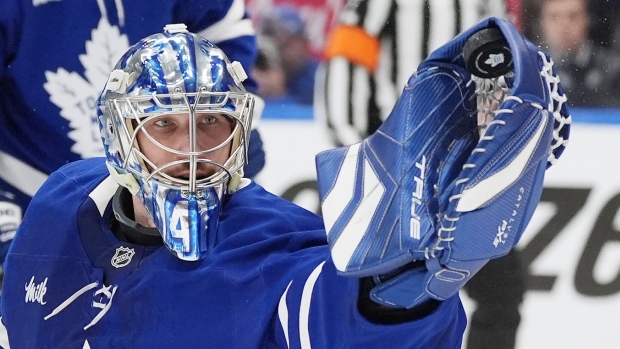
Toronto Maple Leafs (T3) – Here is the comprehensive list of goaltenders with more goals saved versus expectations than Anthony Stolarz in his last two years with Florida and Toronto: Connor Hellebuyck. A third season with massive outperformance would go a long way in entrenching Stolarz as one of the league’s best puck-stoppers, and moreover, his 34 games played last season with the Maple Leafs would move sharply to the upside.
Utah Mammoth (T4) – Locking in Karel Vejmelka (90.4 per cent stop rate) to a multi-year deal gives Utah a bona fide starter long-term, but improving from their backup spot – the team swapped out an underperforming Connor Ingram for Vitek Vanecek – may be more of a difference-maker as this team eyes the postseason.
Vancouver Canucks (T2) – There are few better goaltending duos than Thatcher Demko and Kevin Lankinen, which is why the front office felt comfortable trading away prospect Arturs Silovs. Demko notably signed an extension to stay through the 2028-29 season; a core position of strength for the Canucks here, similar to their divisional rival in Los Angeles.
Vegas Golden Knights (T3) – Vegas’ roster is loaded and what they’re ultimately looking for in net is something adequate or better, and the combination of Adin Hill and Akira Schmid should be able to provide that. Hill has transitioned from platoon option to entrenched starter, with 50 appearances last year and a likely repeat of that in the 2025-26 season. Of note, despite the increased workload, his save percentage finished right near his career averages (91.0 per cent).
Washington Capitals (T2) – Logan Thompson finished fourth last season in the Vezina Trophy voting, and backup Charlie Lindgren was good enough (89.6 per cent stop rate; +6 goals saved versus expected) in his 39 appearances to give the Capitals full confidence in running this duo back next year.
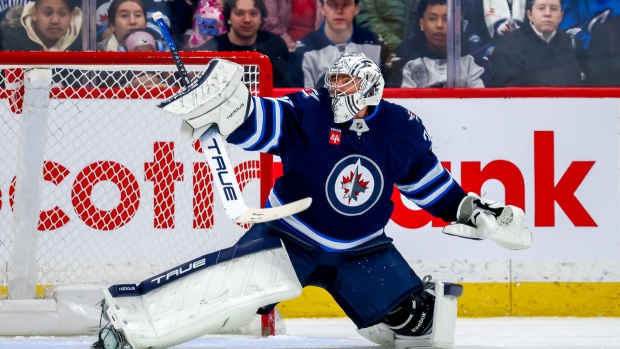
Winnipeg Jets (T1) – Connor Hellebuyck is 32 years old with three Vezina Trophies to his name. And counting. Since the pandemic season, Hellebuyck has erased 136 goals, 26 more than second place Igor Shesterkin over that same timeframe. Until further notice, Winnipeg has goaltending’s apex predator.
That’ll do it for the goalies. Next week, we will shift our attention to the blueline.
Data via Natural Stat Trick, NHL.com, Evolving Hockey, Hockey Reference, PuckPedia

